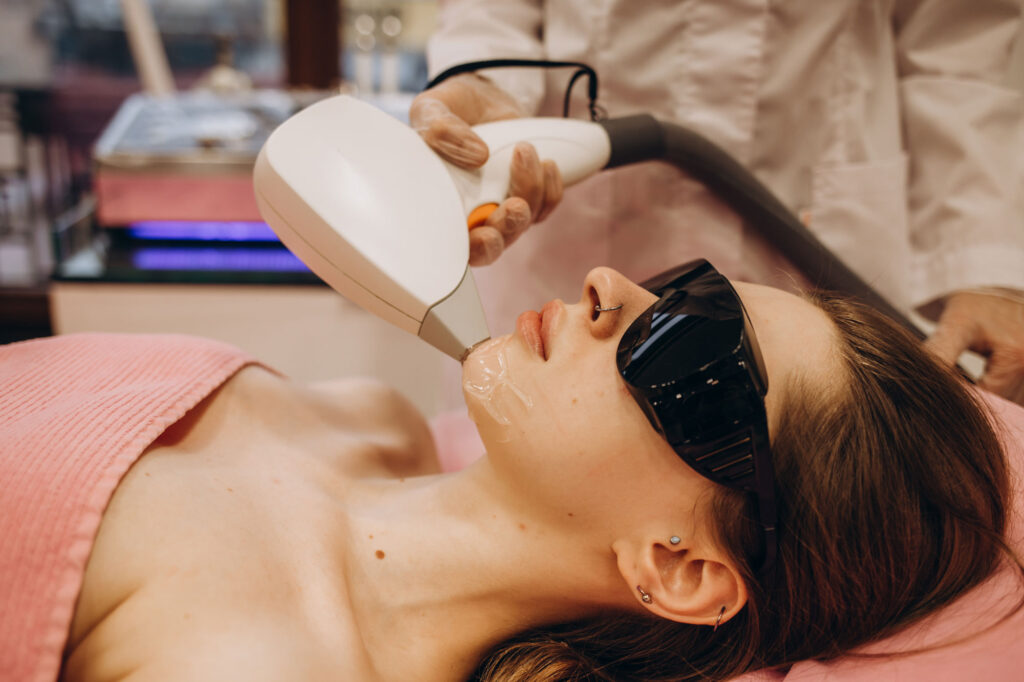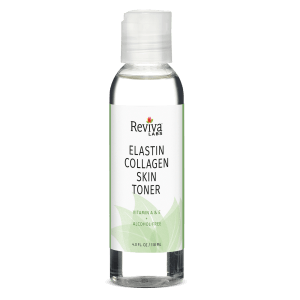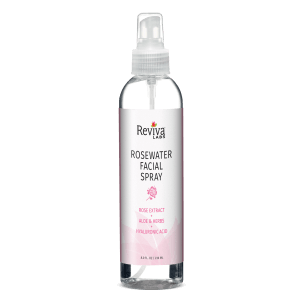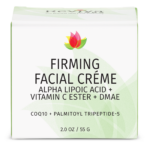Facial hair is one of those things we don’t always talk about openly, but most of us deal with it in one way or another. Whether it’s a stray chin hair that seems to come out of nowhere or a shadow on the upper lip that feels impossible to keep at bay, facial hair can be a source of frustration for many women. But why do we have it in the first place? And what’s the best way to manage it when it overstays its welcome?
Here are the reasons we have facial hair growth and some of the best methods for keeping your skin smooth and hair-free.
Why Women Have Facial Hair
Facial hair is perfectly natural, even for women. It’s caused by a combination of genetics, hormones, and age. While men typically grow thicker facial hair due to higher levels of testosterone, women also produce this hormone in smaller amounts. Even a slight hormonal shift can lead to noticeable hair growth in areas like the upper lip, chin, or jawline.
Here are the main reasons women experience facial hair:
- Hormonal Fluctuations: Hormonal changes during puberty, pregnancy, or menopause can increase androgen levels, triggering more noticeable hair growth.
- Polycystic Ovary Syndrome (PCOS): A common condition in women, PCOS is characterized by higher androgen levels, which can lead to excessive facial hair, or hirsutism.
- Genetics: Your family history plays a big role. Women from certain ethnic backgrounds, such as Mediterranean, South Asian, or Middle Eastern, are more likely to have visible facial hair.
- Aging: As estrogen levels decline with age, especially during menopause, testosterone’s influence becomes more apparent, leading to those stubborn chin hairs many women notice later in life.
While facial hair serves no essential function today, it evolved to protect skin and regulate body temperature. But in a world of skincare routines and beauty standards, it’s no wonder so many of us prefer to keep it under control.
What Causes Excessive Facial Hair to Grow
Sometimes, facial hair becomes more noticeable than we’d like. This can happen due to a variety of factors, including:
- Hormonal Imbalances: Health conditions like PCOS or adrenal disorders can lead to an increase in androgen production, resulting in excessive facial hair.
- Medications: Certain drugs, such as steroids, can trigger unwanted hair growth as a side effect.
- Stress: Chronic stress may throw off your hormonal balance, potentially leading to hair growth in unexpected places.
If facial hair growth feels sudden or excessive, it’s always a good idea to check in with a healthcare provider to rule out underlying medical issues.

How to Remove Facial Hair
For women who prefer smooth, hair-free skin, there’s no shortage of removal methods to choose from. Each option comes with its own set of pros and cons, so it’s important to pick the one that works best for your skin type, lifestyle, and preferences.
Shaving
Contrary to the myths, shaving doesn’t make hair grow back thicker or darker. It’s a quick, painless solution that’s easy to do at home.
However, since shaving only removes hair at the surface, stubble can return within a day or two. It’s also essential to use a clean razor and shave in the direction of hair growth to avoid irritation or ingrown hairs.
Waxing
Waxing pulls hair out from the root, leaving your skin smooth for weeks. It’s a great option for the upper lip or chin, but it can be painful, especially for sensitive skin.
Make sure to avoid waxing if your skin is irritated or if you’re using retinoids, as these can make your skin more prone to damage.
Threading
Threading uses a twisted thread to remove hair at the follicle level. It’s precise, making it perfect for shaping eyebrows or removing small patches of hair.
Though effective, threading can feel uncomfortable and is best suited for smaller areas. Results typically last two to three weeks.
Depilatory Creams
These creams dissolve hair just below the surface, offering a painless and affordable option. They’re easy to use but can irritate sensitive skin, so always perform a patch test first.
Laser Hair Removal
Laser treatments use concentrated light to target hair follicles, reducing hair growth over time. While highly effective, this method works best for women with darker hair and lighter skin tones.
Laser hair removal requires multiple sessions and can be pricey, but it offers long-lasting results, often reducing growth by up to 80% after a few treatments.
Electrolysis
Electrolysis is the only FDA-approved method for permanent hair removal. It involves using a tiny needle to destroy hair follicles with electricity.
This method is time-intensive, as each follicle must be treated individually, but it’s an excellent option for those looking for a permanent solution.
Natural Remedies
For women seeking gentler alternatives, natural remedies like turmeric masks, papaya scrubs, or sugar and lemon exfoliators can help. While they don’t remove hair entirely, they may slow growth or lighten its appearance.
Can You Prevent or Slow Down Facial Hair Growth?
If managing facial hair feels like an ongoing battle, there are ways to slow its growth. Prescription creams like eflornithine can reduce hair growth over time, though they require consistent use.
Hormonal treatments, such as birth control pills or anti-androgens, can also help if excess hair is linked to hormonal imbalances. And while it won’t stop hair growth entirely, maintaining a healthy diet and managing stress can support hormonal balance and reduce the likelihood of excessive growth.
Embrace Your Options
Facial hair is nothing to be ashamed of—it’s a normal part of being human. Whether you choose to embrace it or remove it, the decision is yours to make.
Thankfully, modern skincare and hair removal techniques offer a wide range of options, from quick fixes to long-term solutions. With the right approach, you can feel confident in your skin, no matter what.












